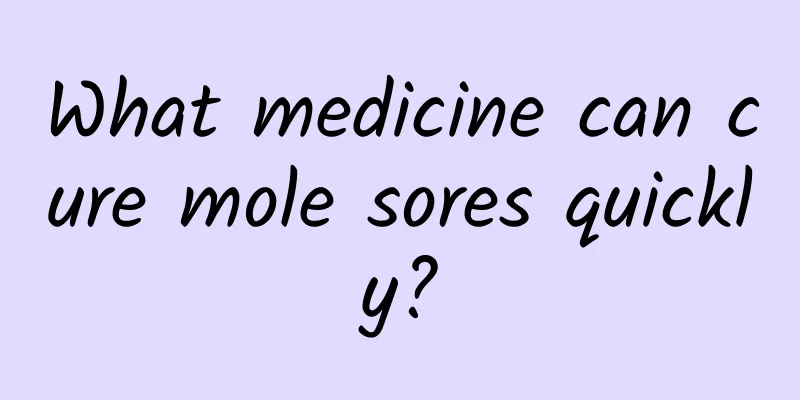What causes bleeding from pores?

|
The problem of bleeding from pores can be serious or minor. It may be caused by blood disease. For example, if the platelet count is low, it may cause such symptoms. At this time, a routine blood test should be performed in time, and the coagulation function test can be performed. If the coagulation function is abnormal, it may be caused by a blood disease. There are also many diseases. Let us learn about this aspect below. Types of blood diseases 1. Red blood cell diseases Iron deficiency anemia, megaloblastic anemia, aplastic anemia, hemolytic anemia, thalassemia, autoimmune hemolytic anemia, drug-induced hemolytic anemia, paroxysmal nocturnal hemoglobinuria, acute hemorrhagic anemia, anemia of chronic disease, hemochromatosis, etc. 2. White blood cell diseases Leukopenia, agranulocytosis, eosinophilia, acute leukemia, chronic leukemia, myelodysplastic syndrome, malignant lymphoma (Hodgkin's lymphoma, non-Hodgkin's lymphoma), infectious mononucleosis, malignant histiocytosis, multiple myeloma, etc.; 3. Bleeding disorders Simple purpura, allergic purpura, idiopathic thrombocytopenic purpura, thrombotic thrombocytopenic purpura, thrombasthenia, hemophilia, acquired coagulation disorder, etc. 4. Myeloproliferative diseases Polycythemia vera, essential thrombocythemia, primary myelofibrosis, etc. 5. Blood production and function Blood is a viscous liquid flowing in blood vessels, which is divided into liquid components and formed components. The liquid component refers to plasma (50-60%), and the formed elements refer to blood cells (40-50%). Primitive blood cells begin to be produced from the fetal period, and after birth the bone marrow becomes the only hematopoietic organ. Blood cells mainly refer to red blood cells, white blood cells, platelets and various immune cells. Red blood cells mainly transport oxygen and carbon dioxide and buffer the acid-base balance in the body. White blood cells are the first line of defense for the inflammatory response, gathering and migrating to the site of inflammation to perform phagocytosis. For larger bacteria, parasites, etc., this is done by the body's monocyte-macrophage system. Platelets are involved in the human body's blood coagulation, anticoagulation and fibrinolysis processes. Each cell in the blood performs its own function, and together they keep the blood system in a normal, dynamic and stable state. |
<<: My heart aches from time to time
Recommend
What to do if you have gastric bleeding
Gastric bleeding is caused by many reasons, and t...
What to do if you have diarrhea and feel weak all over
Many people will suffer from diarrhea due to eati...
Pigmented birthmarks
Through understanding, I realized that some forei...
Men with this disease need gynecological medicine to cure it
Many male friends will be recommended to take Chi...
What are the symptoms of poor lung function?
The lungs are important organs for human breathin...
What medicine should I take for a cold stomach?
Stomach cold is what we often call stomach chill....
What's the matter with a hard lump on the toe?
There are many reasons for hard bumps on the toes...
Does underarm breast need treatment?
Do accessory breasts under the arms need treatmen...
Glucose tolerance test fee
There are many types of prenatal check-ups, and g...
What are the symptoms of damp heat in women?
Severe dampness and heat in women is a symptom of...
What is bifurcated urine stream?
Careful friends may find that sometimes the urine...
The harm of deer penis
Deer penis, as a traditional Chinese medicine, is...
Can people with gastric ulcer eat seafood? A light diet is the most important
Everyone likes to eat seafood, but it is not suit...
Can I eat expired Astragalus?
Astragalus is actually a kind of Chinese herbal m...
What is the cause of sudden shock? Consider three aspects
Generally speaking, if people suddenly feel like ...









